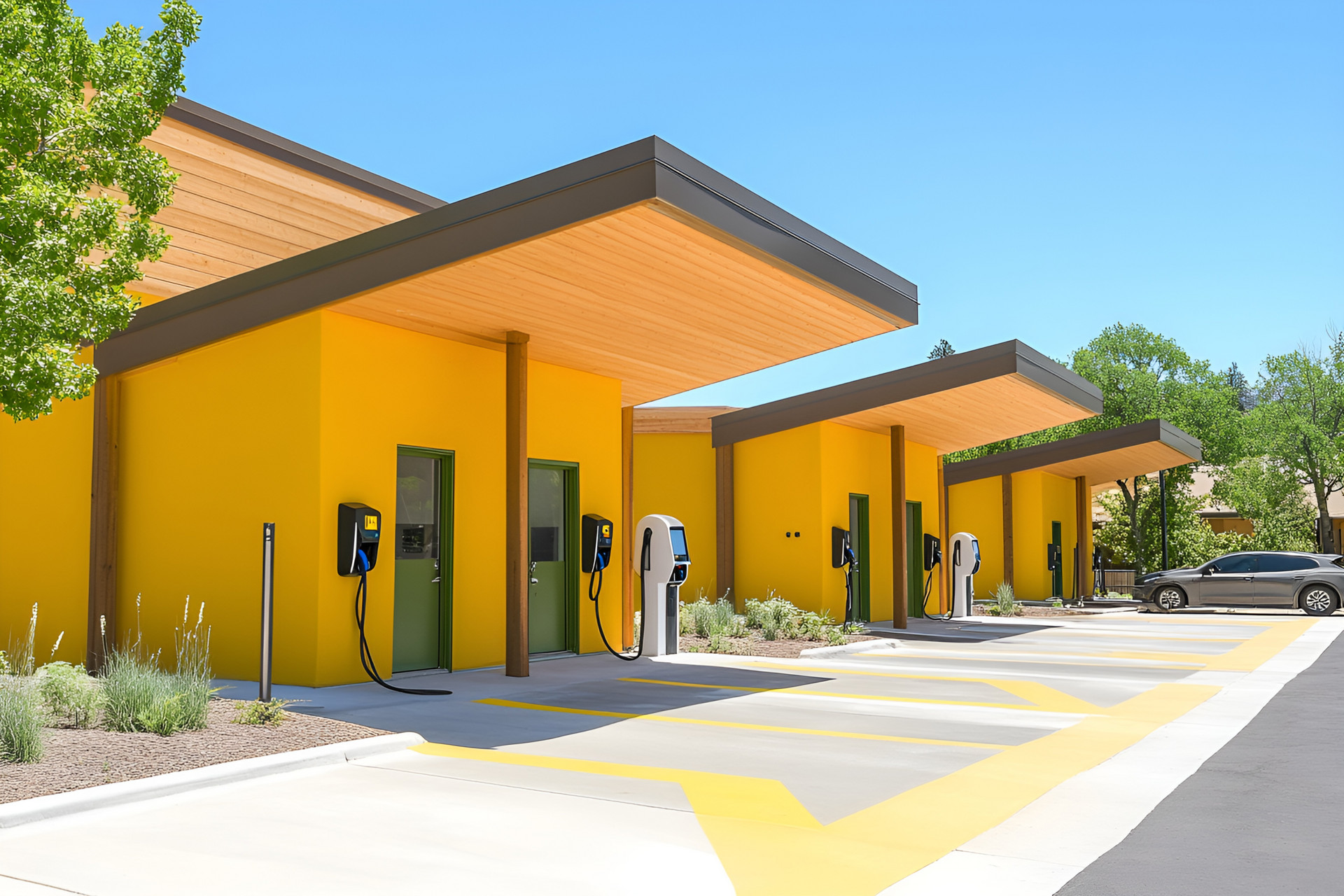What is a Level 2 EV charging station? This guide explains how these charging stations work, their installation costs, and how they compare to other common chargers. Whether you’re building an EV charging network or setting up a home charging station, this article provides detailed analysis and practical examples to help you make informed decisions in the EV charging industry.
1.Definition and Working Principles of Level 2 Chargers
A Level 2 charger is a medium-power charging device for electric vehicles, typically using 240V AC power with a charging capacity ranging from 3.3 kW to 19.2 kW. Compared to Level 1 chargers, Level 2 chargers offer faster charging speeds but are slower than Level 3 DC fast chargers.
Level 2 chargers transmit AC power from the grid to the vehicle’s onboard charger (OBC), which converts it to DC power to charge the battery. With higher power and shorter charging times, Level 2 chargers are widely used in homes, public spaces, and workplaces.
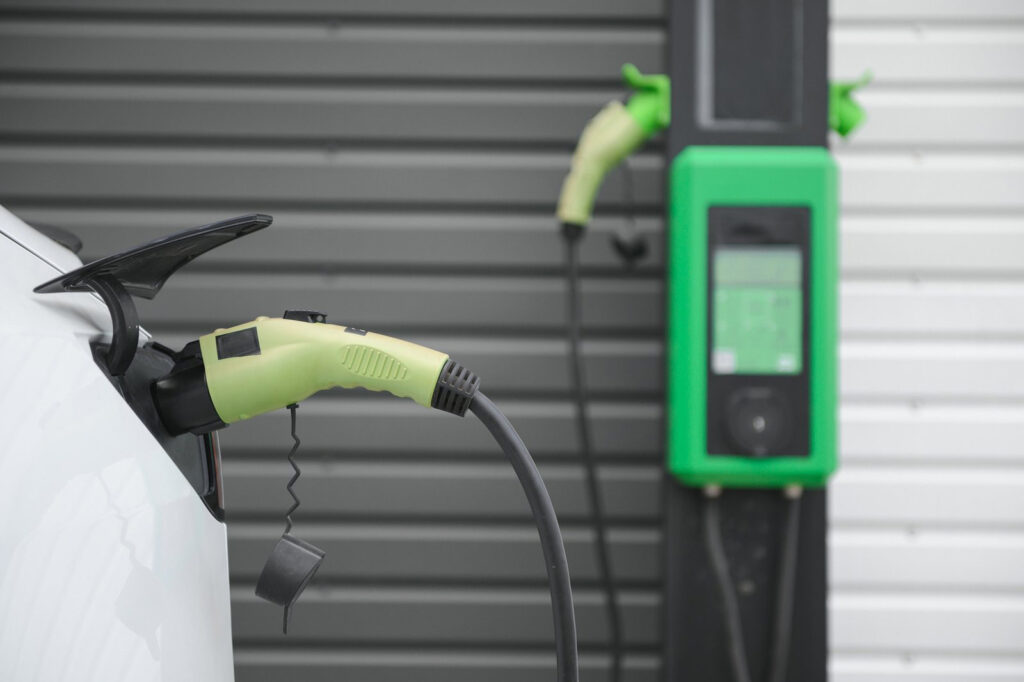
2.Key Features of Level 2 Chargers
Level 2 chargers typically provide 10-60 miles (16-96 km) of range per hour, depending on the vehicle’s battery capacity and charger output. For example, a 7.2 kW Level 2 charger can deliver about 25 miles of range per hour.
Level 2 chargers are compatible with most EVs, including Tesla (via adapters), Nissan Leaf, and Chevrolet Bolt, and support connectors like J1772 (North America) and Type 2 (Europe).
3.Applications of Level 2 Chargers
Level 2 chargers are ideal for home use, offering multiple charging modes and functions to meet daily needs. Home users typically choose 7.2 kW chargers, requiring 4-8 hours for a full charge.
In public spaces (e.g., malls, parking lots, hotels), Level 2 chargers provide convenient and comfortable charging services, attracting more customers. Many businesses offer free Level 2 chargers as employee benefits, enhancing convenience, satisfaction, and corporate sustainability.
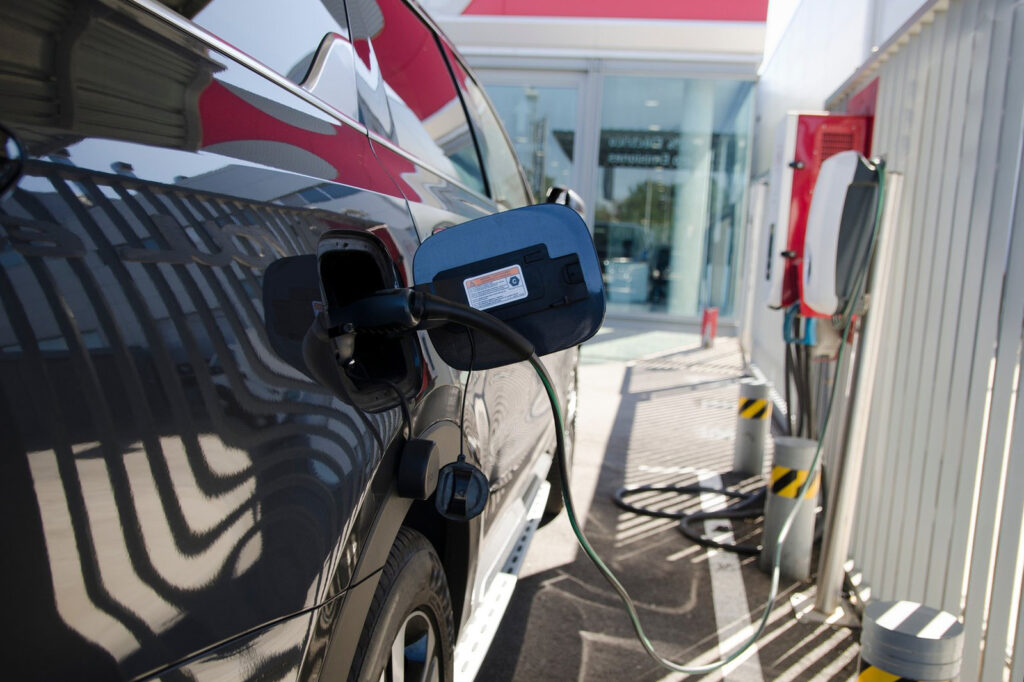
4.Pros and Cons of Level 2 Chargers
- Pros:
- Faster charging speeds compared to Level 1 chargers.
- Wide applicability for homes, public spaces, and workplaces.
- Moderate equipment costs, suitable for large-scale deployment.
- Cons:
- Charging efficiency depends on the vehicle’s onboard charger (OBC).
- Installation requires professional electrical work, adding to costs.
5.Installation and Costs of Level 2 Chargers
- Installation Requirements:
- Requires a stable 240V power supply and dedicated circuit.
- Installation near parking spots for easy cable access.
- Professional installation is recommended for safety and compliance.
- Installation Costs:
- Costs range from 500 to 2,000 dooller, depending on location and specifications.ncludes equipment, wiring, site preparation, and labor.

6.Comparison of Level 2 Chargers with Other Charging Options
Level 1 vs. Level 2 Chargers:Level 1 chargers (1.4 kW) are slower, while Level 2 chargers are faster and more suitable for daily use.
Level 2 vs. Level 3 Chargers:Level 3 chargers (50+ kW) offer ultra-fast charging but are costlier and typically used in public fast-charging stations.
7.Market Trends and Future Development of Level 2 Chargers
With technological advancements, Level 2 chargers will see increased power and efficiency, along with smarter charging management features. As EV adoption grows, demand for Level 2 chargers will rise, driven by home, business, and public space needs. Government incentives, such as subsidies and tax benefits, will reduce installation costs and support infrastructure development.
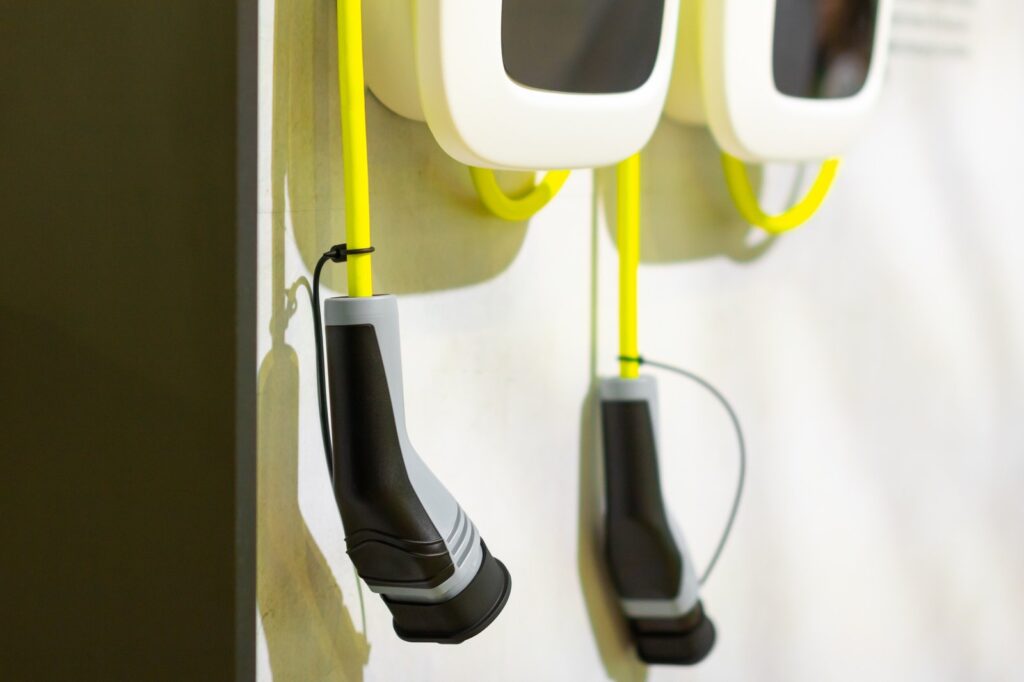
8.How to choose a suitable Level 2 charging pile?
- Choose based on charging needs:
- Household users: Primarily select a 7.2 kW Level 2 charging pile to meet daily charging requirements.
- Commercial users: Opt for a Level 2 charging pile with a higher power to satisfy the rapid charging needs of multiple electric vehicles simultaneously.
- Choose based on budget:
- Low – cost solution: Select a Level 2 charging pile with standard power to cut down on equipment costs and installation fees.
- Cost – effective solution: Choose a Level 2 charging pile that supports intelligent functions to enhance the user experience.
- Choose based on compatibility:
- Interface type: Select a charging pile that supports the J1772 or Type 2 interface to ensure compatibility with most electric vehicles.
Brand and quality: Select charging piles from well – known brands to ensure equipment quality and after – sales service. Tanxun, as a high – quality electric vehicle charging pile manufacturer. We not only provide a diverse product list but also offer exclusive customized services to meet all your business needs.
9.Technical Details of Level 2 Chargers
Level 2 chargers have an efficiency of 85%-90%, with 10%-15% energy lost as heat. Modern chargers feature remote monitoring via smartphone apps, allowing users to track charging status, history, and energy usage. Users can schedule charging during off-peak hours to reduce costs and enhance experience.
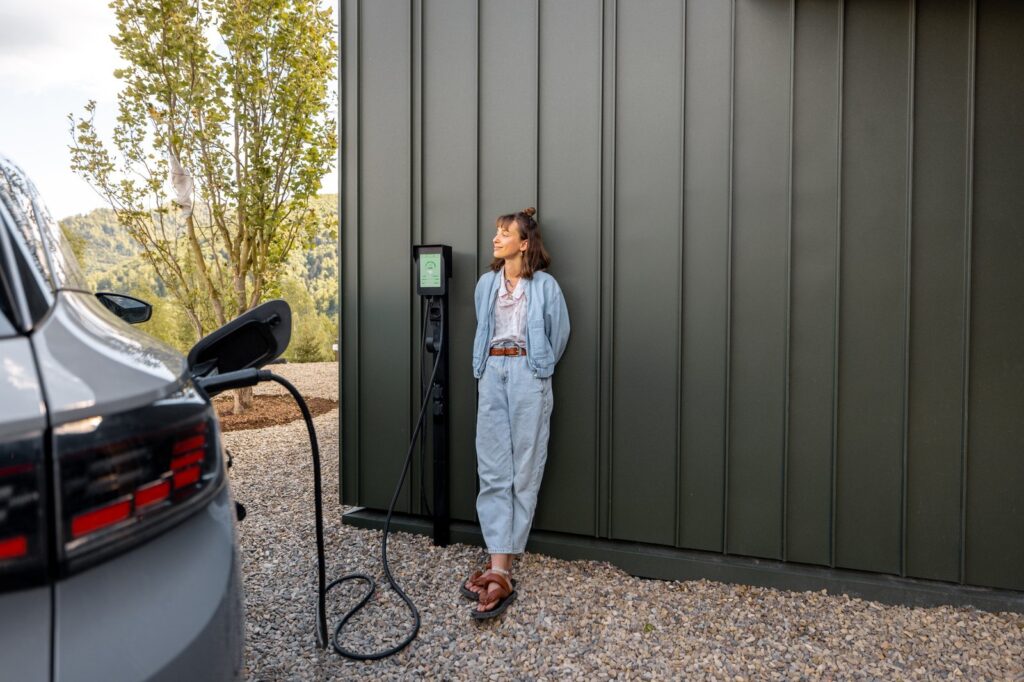
10.Maintenance of Level 2 Chargers
Regularly inspect cables, connectors, and displays for proper operation. Clean the charger surface with a soft cloth, avoiding corrosive cleaners. Address issues like power faults or connector damage promptly by contacting professionals.
11.Conclusion
Level 2 chargers are a vital part of EV charging infrastructure, offering moderate speeds, wide applicability, and reasonable costs. As an EV charger manufacturer, we provide high-quality, reliable, and customizable charging solutions to meet diverse needs. Contact us for any inquiries.

